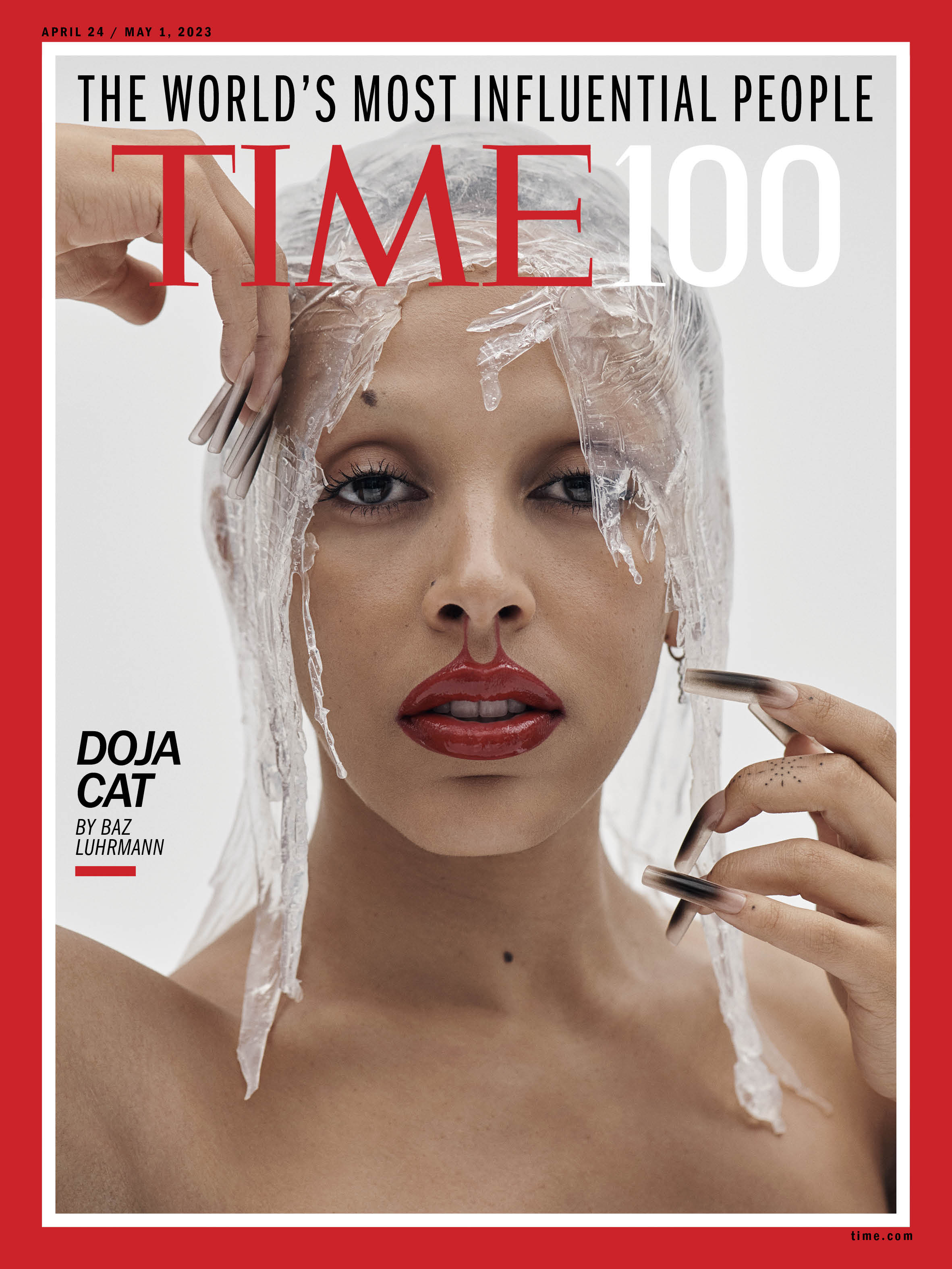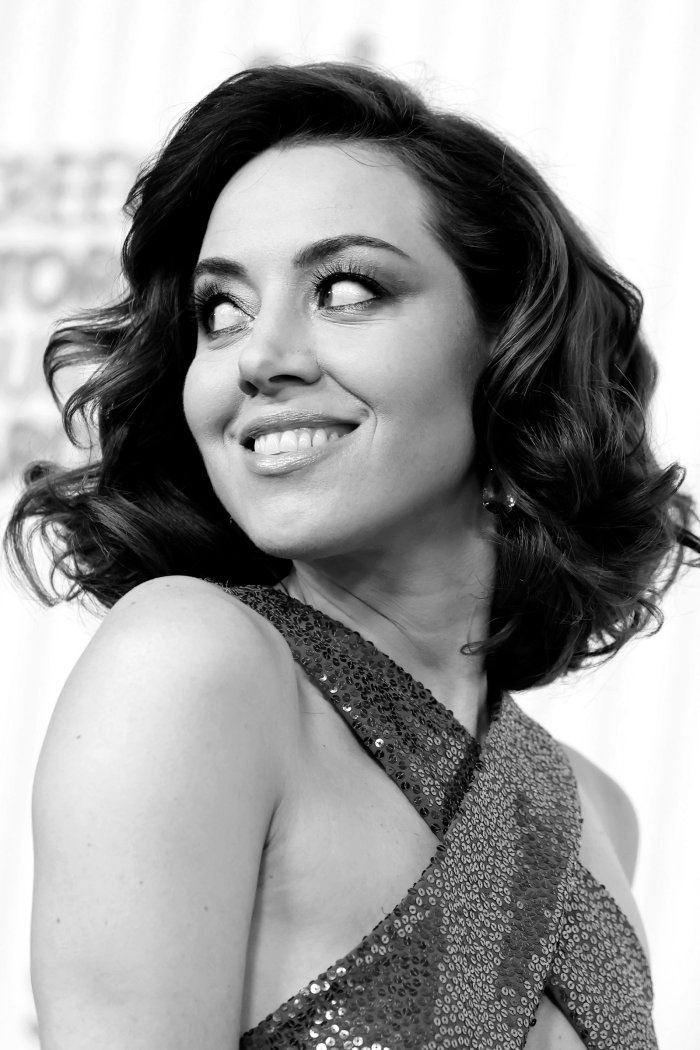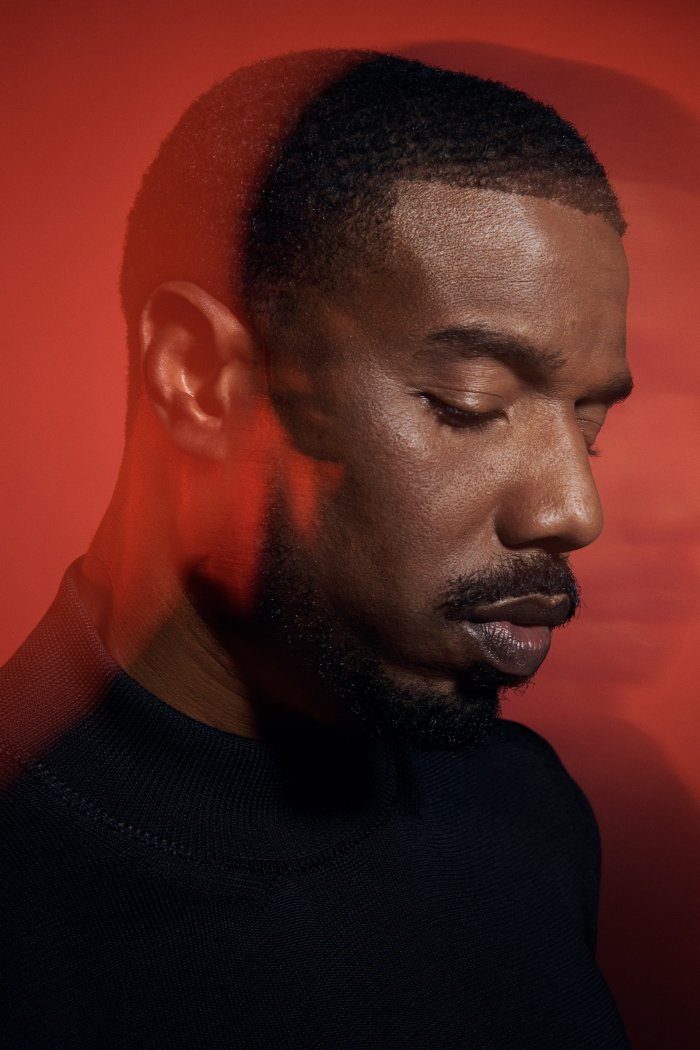I’ve worked with all kinds of artists, but with a certain few you connect on a deeper level. For me, Doja Cat is one of those artists. She’s at the top because she works to bring everything she does to the highest possible level. When she started to work on “Vegas” for Elvis, Elvis was relegated to a Halloween costume—he wasn’t influential to the younger generation. But Doja and her producer Yeti Beats understood the importance of translating “Hound Dog” for a new audience. For them, it was an act of translating the roots of Black music.
Read More: How Doja Cat Ripped Off Her Shell—And Why She’s Happier For It
Doja is a true child of the internet, creatively plugged into the kind of social connection that I’m generationally incapable of understanding. She is personally connected with her fans, and that allows her to understand and feed back to them. She can’t be boxed in. She’s a rapper, a singer, a performance artist—she’s the canvas on which she expresses a character or an idea. There’s no “brand” to Doja Cat. You never know what she’s going to do next, and that’s exciting.
Luhrmann is an Oscar-nominated filmmaker

Buy a print of the TIME100 Doja Cat cover here.
Set Design by Kelly Infield; Styling by Brett Alan Nelson; Hair by JStayReady; Make-up by Ernesto Casillas and Doja Cat; Manicure by Saccia Trinice; Production by Dana Brockman and Frank DeCaro at Viewfinders
- Cybersecurity Experts Are Sounding the Alarm on DOGE
- Meet the 2025 Women of the Year
- The Harsh Truth About Disability Inclusion
- Why Do More Young Adults Have Cancer?
- Colman Domingo Leads With Radical Love
- How to Get Better at Doing Things Alone
- Michelle Zauner Stares Down the Darkness




